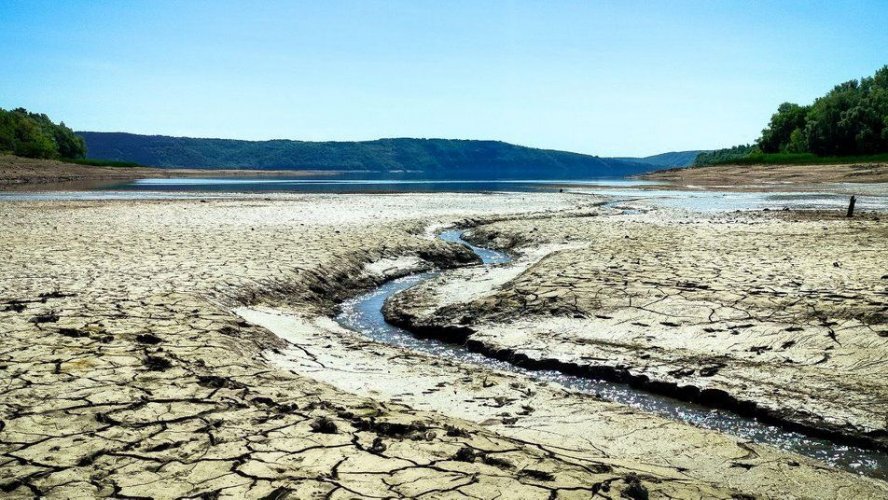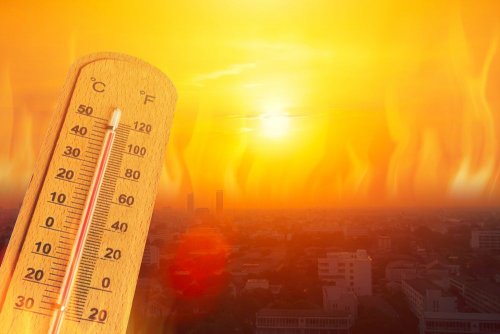The State Agency of Water Resources of Ukraine has given an official comment on the sharp decline in the level of the Dniester reservoir. The agency cited two reasons for this: an increase in discharge flows to stabilize the country's energy system, and a decrease in inflows of up to 30% of normal due to weather factors – a lack of precipitation and high air temperatures in May.
The relevant message was posted on the agency's Facebook page.
After a large number of photos and videos appeared on social media with eerie footage of the lowering of the Dniester reservoir level, the State Water Agency said that due to Russia's attacks on critical infrastructure and the emergency situation in the operation of the United Energy System of Ukraine (UESU), the operation of the reservoirs of the Dniester hydroelectric complex since the beginning of the full-scale invasion has been carried out taking into account the need to cover the deficit in the country's energy system.
The department admitted that starting from mid-April 2024, they were forced to significantly increase discharge costs from the Dniester HPP in order to maintain the stable operation of the UESU. This led to a significant decrease in the water level of the Dniester Reservoir. As of now, the water level in the reservoir is 66% of the total volume. This is the water level above the Dniester HPP.
After the Ukrainian energy system was stabilized on May 15, the discharges from the Dniester reservoir again correspond to those established by the Interdepartmental Commission.
The State Water Agency noted that the lack of precipitation and increased air temperature during May became another factor that led to a significant decrease in the water level of the Dniester and its tributaries. Currently, the inflow to the Dniester reservoir is about 30% of the norm. It is also quite possible that the water level of the Dniester will further decrease in the summer.
For several days, the Ministry of Environment kept silent, not commenting on the problematic situation, which was simply shouted about on social media. At the same time, the head of the ministry, Ruslan Strelets, said during a press briefing in Chisinau as part of a working trip to Moldova that “water discharges from the Dniester reservoir are taking place in a normal mode in accordance with the interstate agreements reached.”
And only after the statement of the State Water Agency, the Ministry of Environment posted a similar notice. I guess better late than never...
Earlier, EcoPolitic published photo and video evidence of how critically silted up the Dniester and its tributaries.





